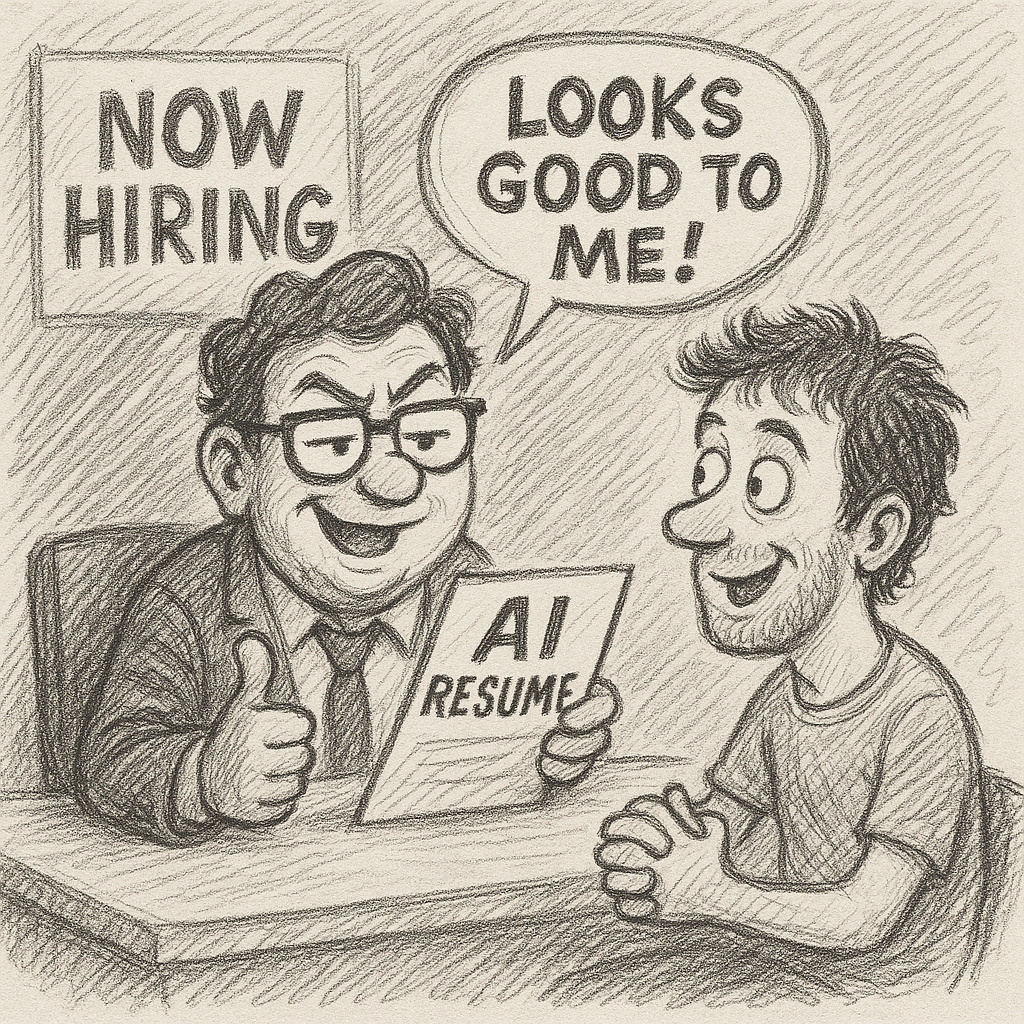
For me, the key is the person, not the resume. The first things I look at are motivation and energy. If someone is indifferent, it’s an immediate “no,” even if they have the right skills. I need to understand what drives them, why they want to be on the team, and what work means to them.
Soft Skills Come First
I prioritize understanding how a candidate thinks, communicates, and reacts to change. I look for initiative, a systematic approach, and the ability to take ownership. If a person just waits to be assigned tasks, they are not the right fit for my team.
Verifying Hard Skills is Next
Today, anyone can use an AI to write a perfect-looking resume. That’s why I always verify technical abilities through a clear process:
- Fact-checking cases: I dig into the specifics of past projects.
- Recommendations and live contacts: I value references and direct conversations.
- Concrete projects: If a portfolio is all NDAs and abstractions, it’s almost always a red flag.
- Engineering mindset: I assess the depth of their thinking, their systematic approach, and their ability to produce ready solutions.
If necessary, we’ll do a live coding session. It’s not for show; it’s a simple way to feel how a person approaches and solves problems in real-time.
The Trial Period is Non-Negotiable
Even if everything seems perfect on paper and in conversation, the truth only comes out when we work together. This isn’t about judging someone as “good” or “bad.” Sometimes, a person is incredibly talented, but we just don’t click as a team. That’s okay, and it’s a valuable experience for everyone involved.
A New Focus: AI Proficiency
I’ve recently added a new block to my evaluation process: the ability to use artificial intelligence at work. I’m looking at:
- How a person formulates prompts.
- How competently they interpret the results.
- Whether they can effectively use LLMs as an assistant for real-world tasks.